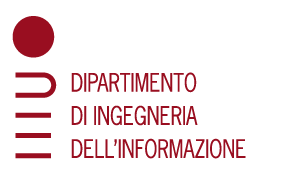Submitted by admin on
Abstract: The use of rapid prototyping and 3D computational modeling to recapitulate pathological tissues and morphologies has been recently gaining much interest in the fields of biomedical engineering and regenerative medicine. However, despite increasing clinical interest and support, there are still few examples of how these services and methodologies may successfully integrate research institutions with clinical practice. Since 2007, our team at the University Hospital of Iceland, Landspitali, has been developing and enhancing our own 3D modeling and rapid prototyping services for the support of pre-surgical planning. More than 200 surgeries in different clinical sub-specialties have been planned thus - all with considerable success. For example, in maxilla facial surgery, dramatic reductions in operation time have been documented due to the ability for surgeons to physically emulate the navigation of complex craniofacial morphologies prior to surgery. Additionally, in orthopedic surgery, multiple operations on the same patient have been avoided due the pre-operative planning of combinatory surgical procedures. The most important notion, however, has been in regards to the overall life-saving utility of our 3D modeling processes - particularly as a key strategic tool in complex neurosurgical and cardiosurgical cases.Our modeling and rapid prototyping work has become fully integrated into the clinical processes at the Icelandic National Hospital: surgeons send a request with a patient's social security number to the engineering team, who may then access the hospital PACS system and retrieve the respective patient's CT or MRI data. From here, and typically within 24 hours, our surgical model is printed and delivered to the surgeons for pre-operative planning. Recently, we have started to combine multiple complex anatomical features and functions in our 3D printed models, and we are currently working on integrating tractography and using surgical navigation systems to accomplish an even more detailed surgical plan and simulation.Our future works aim to explore the utility of these techniques in assisting other clinical specialties and likewise in more complex surgical procedures, such as the design of titanium prosthetic devices and the use of laser sintering machines to produce an implantable part. We are also in the process of developing other pre-surgical tools that operate under similar computational methods, such as pre-surgical applications for the assessment of total hip arthroplasty patients using customized finite element modeling for patient-specific fracture risk assessment. In all, the proven utility of our 3D modeling and rapid prototyping methods can serve as a valuable example for clinics around the world, and we aim to continue researching innovative computational methods to improve the impact of these services.






